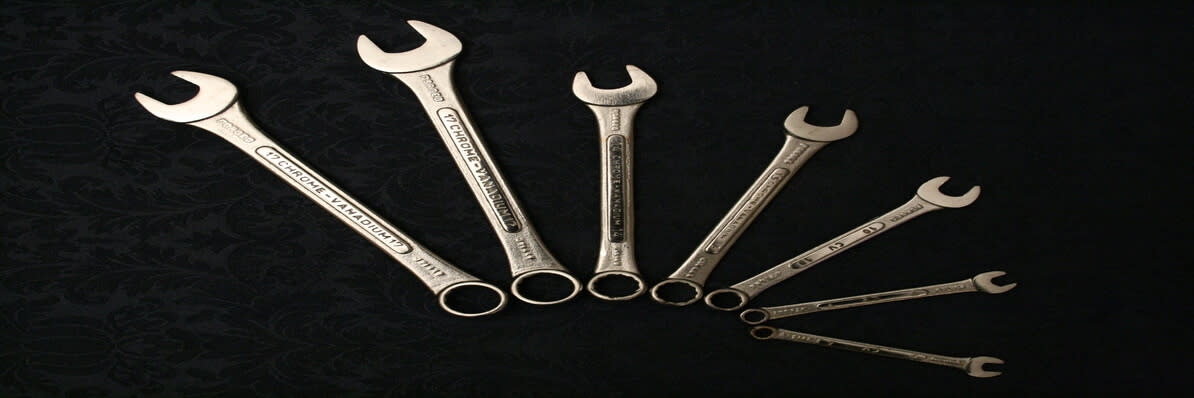Seven car repairs you can carry out yourself
From catastrophic breakdowns to annoying little issues, not many of us excel in the field of DIY mechanics. We often panic and run to the nearest garage or mechanic without even considering repairing the damage ourselves. With this in mind, we have assembled a list of 7 car repairs that you can fix yourself once you’ve had a read of our brief guide on how to do them. So dust off your jacks and spanners, get yourself back on the road and give yourself a big clap on the back for saving yourself a hefty mechanics bill.
1. Oil change
Oil changes may seem daunting but some basic research reveals that the process is pretty straightforward as long as you have the right tools. Here’s a guide. Make sure you haven’t been driving for a while before hand, as a hot engine will ruin the changing process!
2. Windshield wipers
A broken windshield wiper can be a pain, not to mention highly dangerous if you’re caught in a downpour. A lot of firms offer free installation when purchasing new blades for your wipers, the only issue being that this is often reserved for the most expensive wipers, so it’s worthwhile knowing how to fit them yourself. Applying your wipers is a simple case of gently lifting the old ones up and finding the tab on the underside of the wiper, pushing this in to remove the current blades, and clicking in your new ones, simples!
3. Replace the air filter
An unsung hero, your car’s air filter provides extra mileage and performance, so when it’s faulty or not as sprightly as it once was - it’s going to achieve the exact opposite. The process for changing your air filter is pretty straight forward; here’s a great, simple guide on how to do it. Change it next time you have a day off to get crucial extra miles! Your pocket and car will thank you.
4. Spark plugs
Spark plugs are cheap to buy, the expense often comes via the fitting costs and replacing your spark plugs isn’t the technical nightmare it sounds. For this, we recommend some electrics experience, or prior research before you jump straight in, as it can be frustrating and potentially dangerous to attempt otherwise. However, it’s well worth the effort considering how cheap the component is by itself (available for £3 or less!) Here’s an easy guide.
5. Replace fuel filter
Keeping your fuel filter in top condition means replacing it regularly, which sounds a pain but can save you hundreds of pounds due to fuel efficiency. A new filter can be purchased for around £7 and fitting it is, again, a lot simpler than you may imagine. A step-by-step guide can be found here. Before replacing, ensure that the pressure is released from the fuel-system before any work is carried out.
6. Battery
Simple battery maintenance can be the difference between a quick starting engine or an embarrassing delay as you wait for your engine to spring to life. To avoid unwanted embarrassment, clean your battery posts regularly to prevent any residue building up, this guide from Halfords provides some tips on cleaning it. Somewhat bizarrely, Coca-Cola is said to be a great way to remove any battery residue. Refreshing.
7. Radiator hose
Often everyone’s scape-goat after a break down, maintaining and replacing the radiator in your car isn’t as scary as it sounds. Hoses on the radiator are simply a case of removing a few bolts and fitting in the replacements, which cost around £60. Here’s a handy guide on getting it done.
With this basic knowledge, you should feel safe knowing that you can save you and your employer money with these basic repairs. However, we should remind you that if your car is under warranty and you still want to carry out any of these repairs yourself (although your dealership should carry out any repairs under the warranty), you will need to ensure you keep any proof of purchase of parts and they are bought from an approved manufacturer. Otherwise, in the event of a problem with the car they could invalidate the warranty.
It is also key to remember that on newer models, where the car’s warning lights are stored on the central computer within the car, you may not be able to actually work on the repairs yourself without the equipment needed to access the computer. So always be careful and make sure you are comfortable with the work you are about to carry out.
Do you have any tips that you think we’ve missed? Let us know on our Facebook
